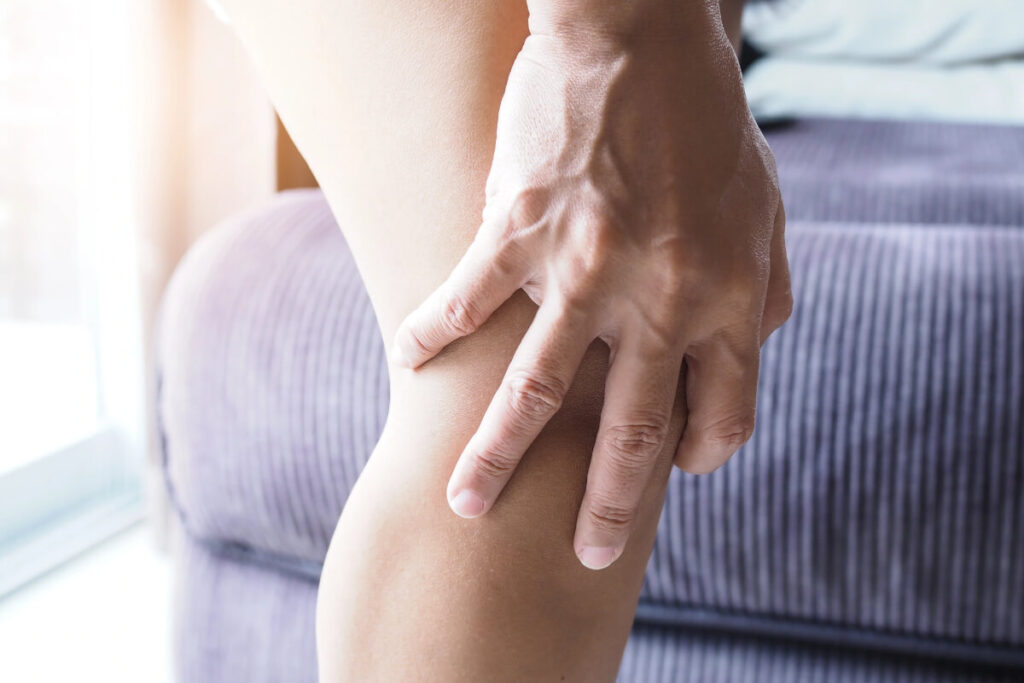What Happens if ACL Surgery Gets Infected? Causes, Symptoms, and Treatment

ACL (anterior cruciate ligament) reconstruction is a safe and common procedure with a high success rate. However, like any surgery, it carries a small risk of infection.
An infection after ACL surgery can delay recovery, damage the graft, or, in rare cases, require further surgery. Although exceptionally rare, a deep infection can be catastrophic to the knee joint but can also become life threatening if not treated. Early recognition and treatment are key to protecting the new ligament and achieving a full recovery.
How Common Is Infection After ACL Surgery?
Post-operative infection after ACL reconstruction occurs in less than 1% of cases. Though rare, it’s one of the most serious complications because it can affect the reconstructed ligament and surrounding tissue. See statement above and adjust please.
Causes of Infection After ACL Reconstruction
Infection can occur when bacteria enter the surgical site. Common causes include:
- Contamination during surgery (extremely rare in sterile environments)
- Inadequate wound care after surgery
- Excessive moisture or sweat around dressings
- Pre-existing skin infections or conditions near the knee
- Weakened immune system
Symptoms of an Infected ACL Surgery Site
Patients should watch for signs of infection in the days and weeks after surgery, including:
- Increased redness or swelling around the incision
- Warmth or tenderness near the knee
- Fever or chills
- Drainage or pus from the surgical wound
- Persistent or worsening pain that doesn’t improve with medication
- Worsening knee movement due to swelling or discomfort
If any of these symptoms occur, contact your surgeon urgently. If your specialist is not available, contact you local urgent care facility. Always inform your surgeon if you seek treatment elsewhere.
Types of Infections After ACL Surgery
1. Superficial (Skin-Level) Infection
- Affects only the outer layers of the incision.
- Usually treated with antibiotics and proper wound care.
2. Deep Joint Infection (Septic Arthritis)
- Affects the joint and reconstructed ligament.
- More serious and may require surgical cleaning (arthroscopic irrigation) and antibiotics.
3. Graft Infection
- Rare but severe complication where bacteria infect the reconstructed ligament itself.
- May require graft removal and later revision surgery.
How Is an Infection Treated?
1. Antibiotics
- First-line treatment for mild infections.
- Oral or intravenous (IV) antibiotics may be prescribed depending on severity.
2. Surgical Cleaning (Irrigation and Debridement)
- If infection reaches deeper tissue or the joint, a second arthroscopic procedure may be needed to remove bacteria and infected tissue.
3. Graft Management
- If the infection affects the graft, it might be removed and replaced in a later procedure once the infection is cleared.
Recovery After an Infection
- Early detection and treatment typically lead to full recovery.
- Patients may need to pause physiotherapy during treatment, but normal rehabilitation resumes once the infection resolves.
- In severe cases, recovery may take several extra weeks or months.
How to Prevent Infection After ACL Surgery
- Keep the incision clean and dry.
- Follow wound care instructions carefully.
- Avoid soaking in baths, pools, or hot tubs until cleared by your surgeon.
- Wash hands before touching the knee or changing dressings.
- Report any unusual symptoms immediately.
Conclusion
Infection after ACL surgery is rare but potentially serious. Early signs include redness, swelling, drainage, or fever. Most cases respond well to prompt antibiotics and wound care, but deeper infections may require surgical intervention.
By maintaining good hygiene and following your surgeon’s post-operative instructions, you can significantly reduce the risk and ensure a smooth, successful recovery.
